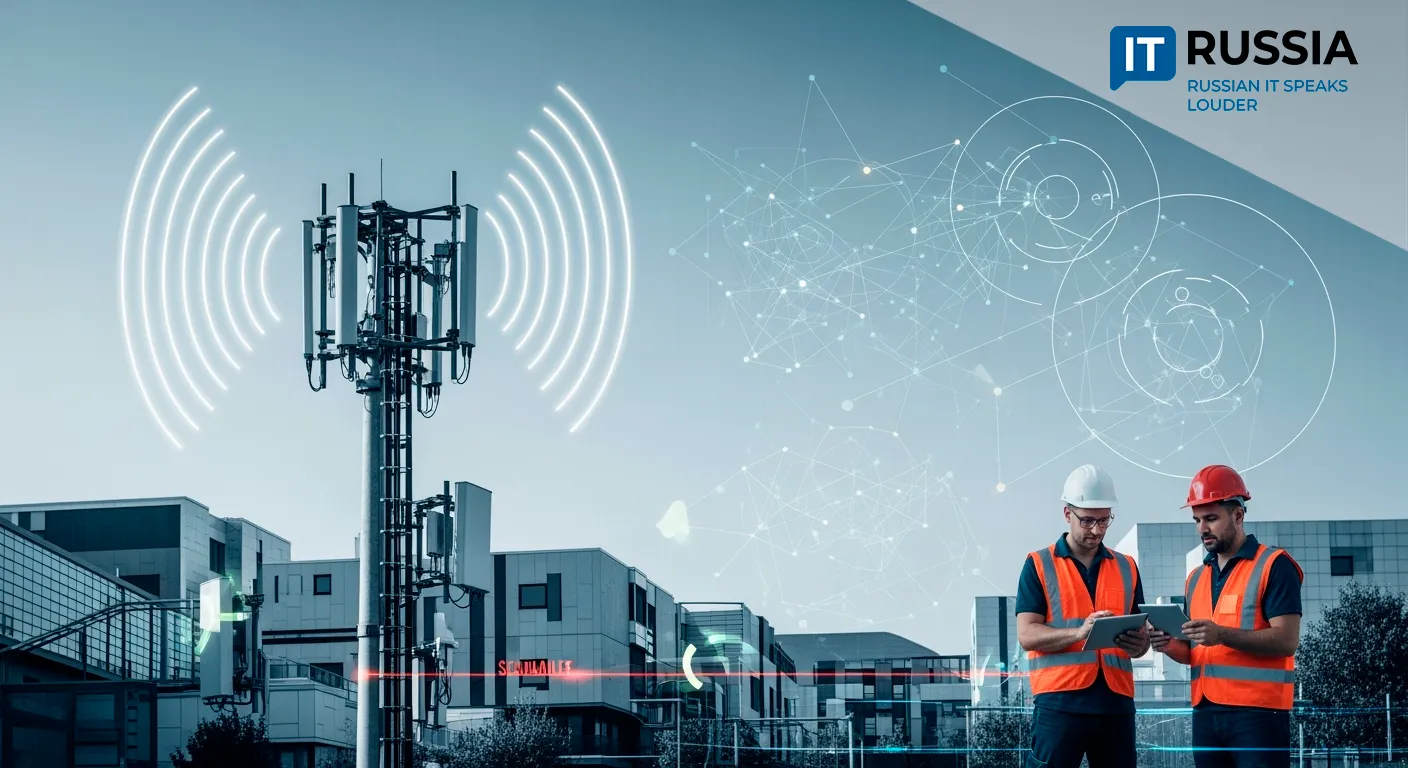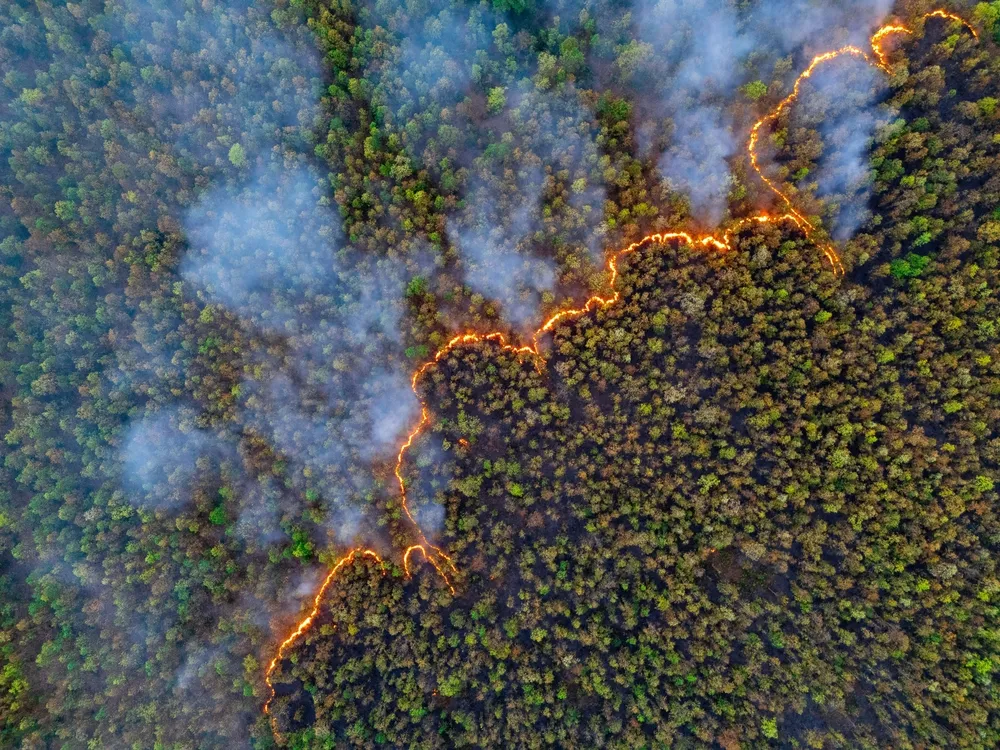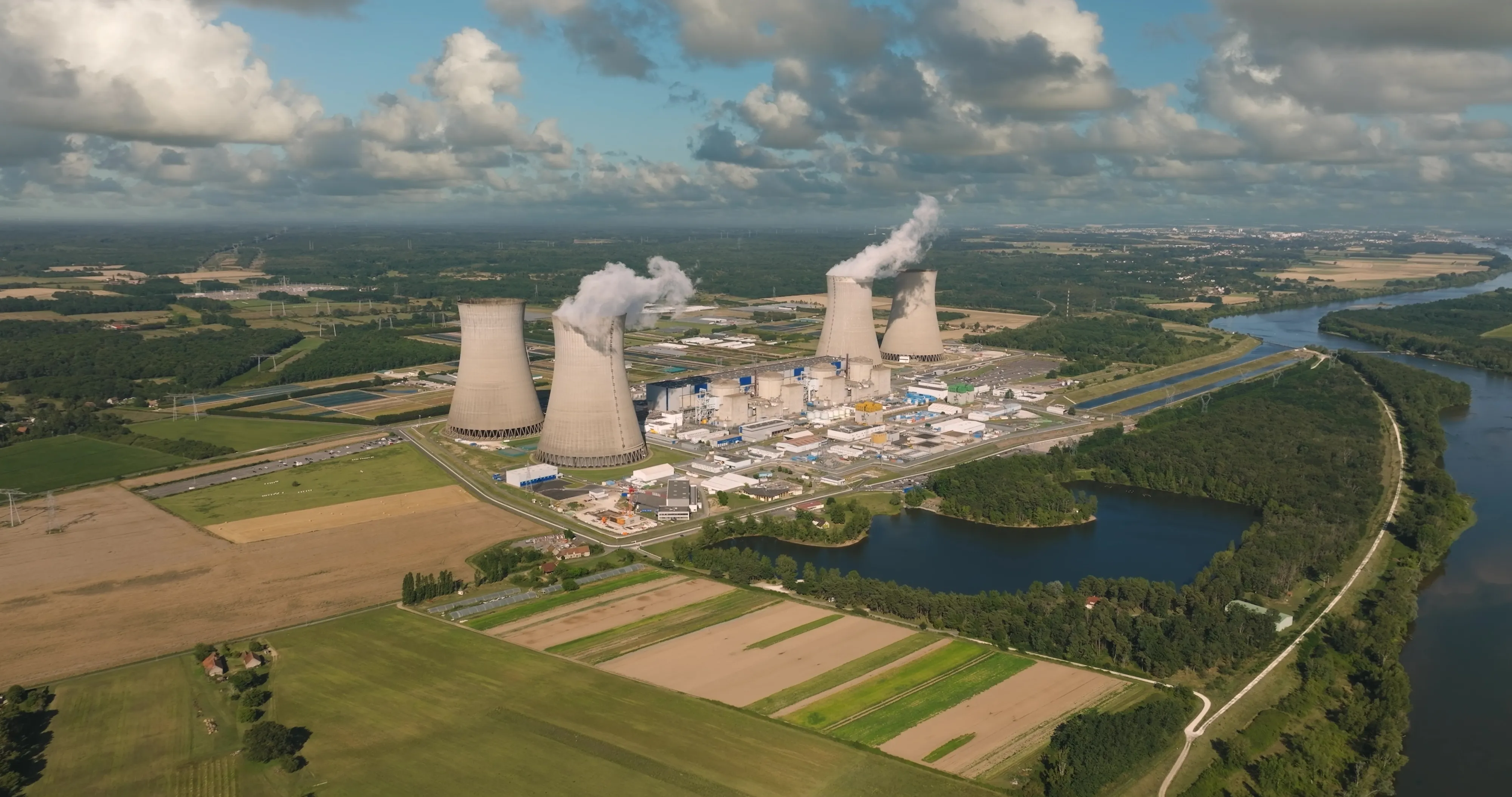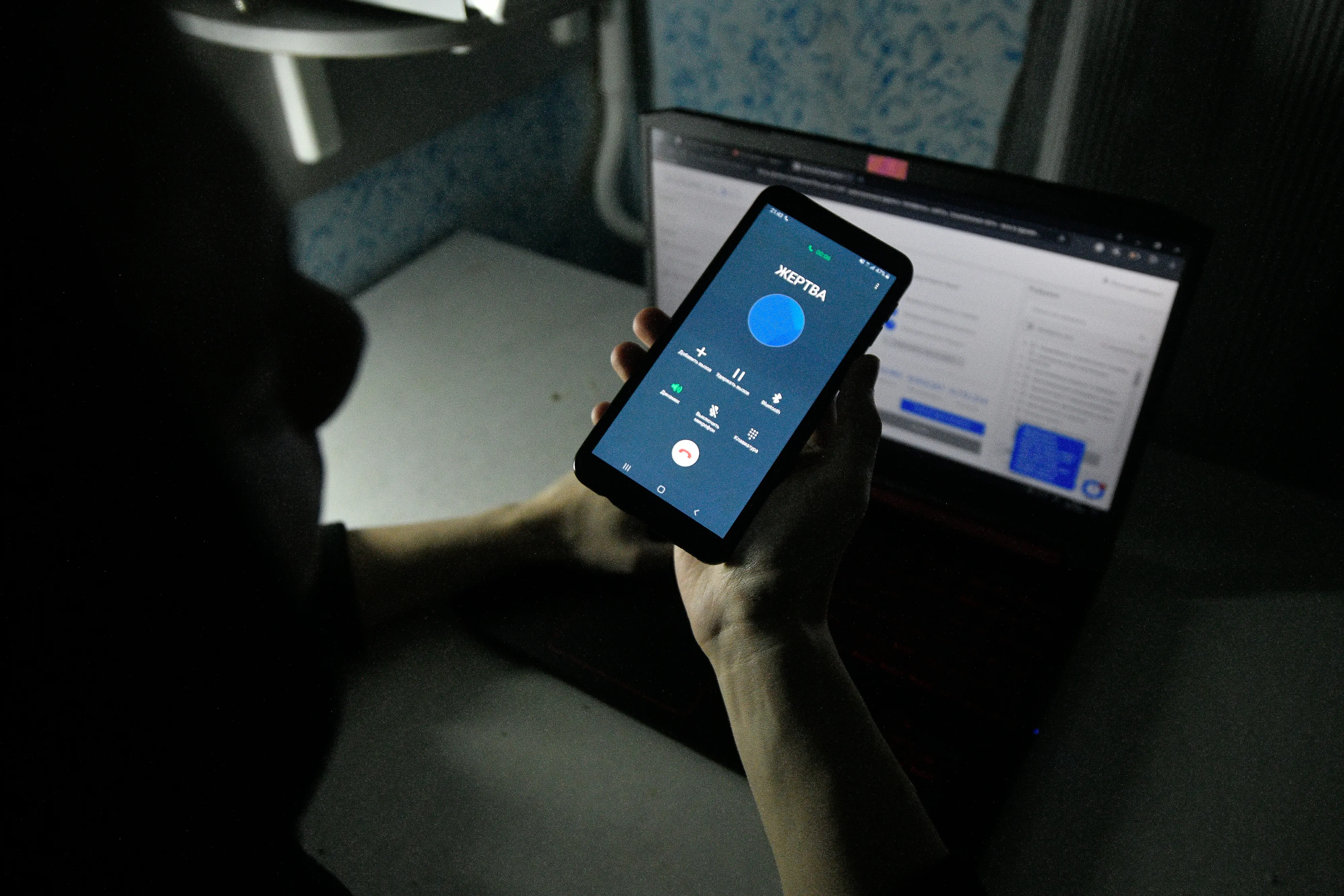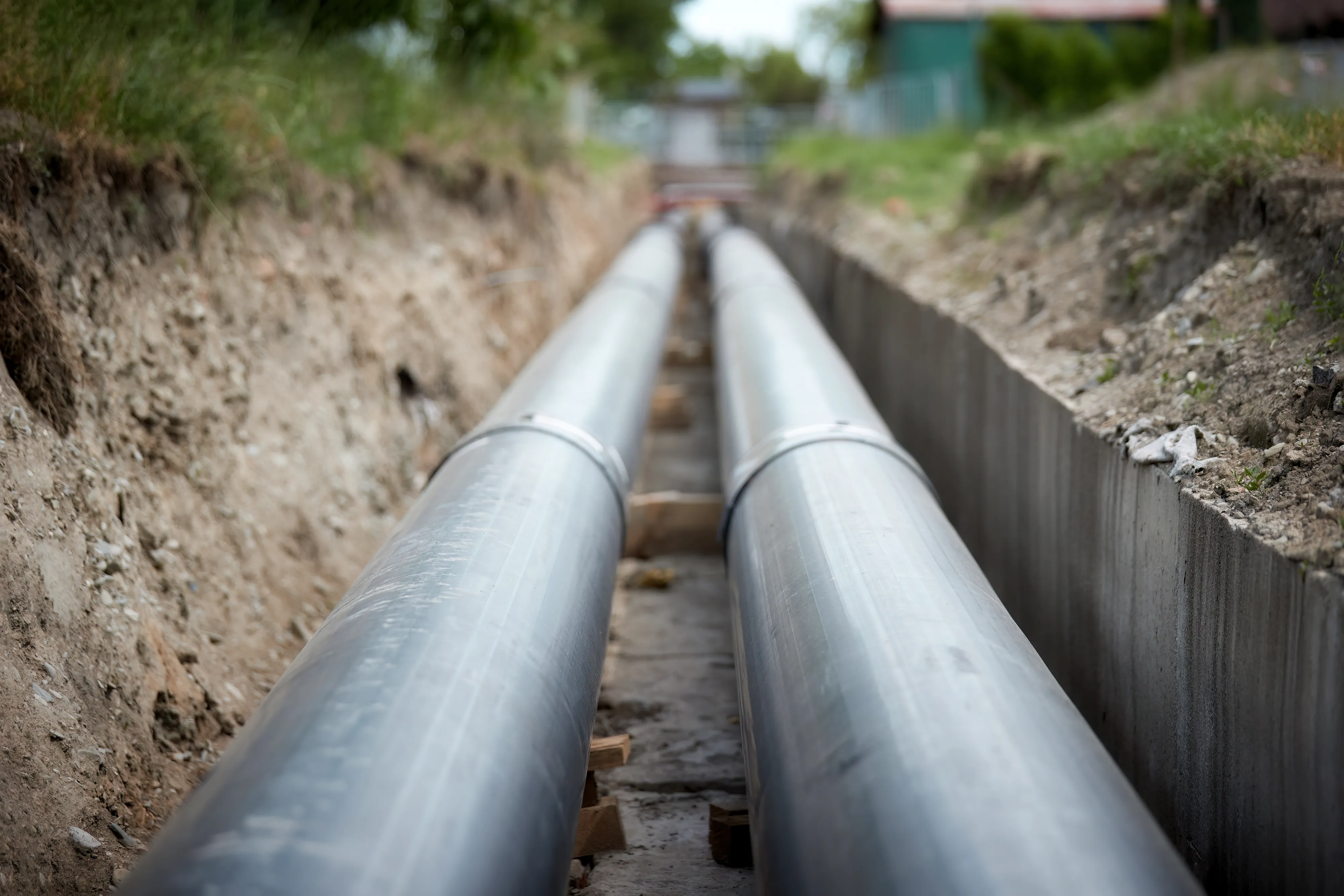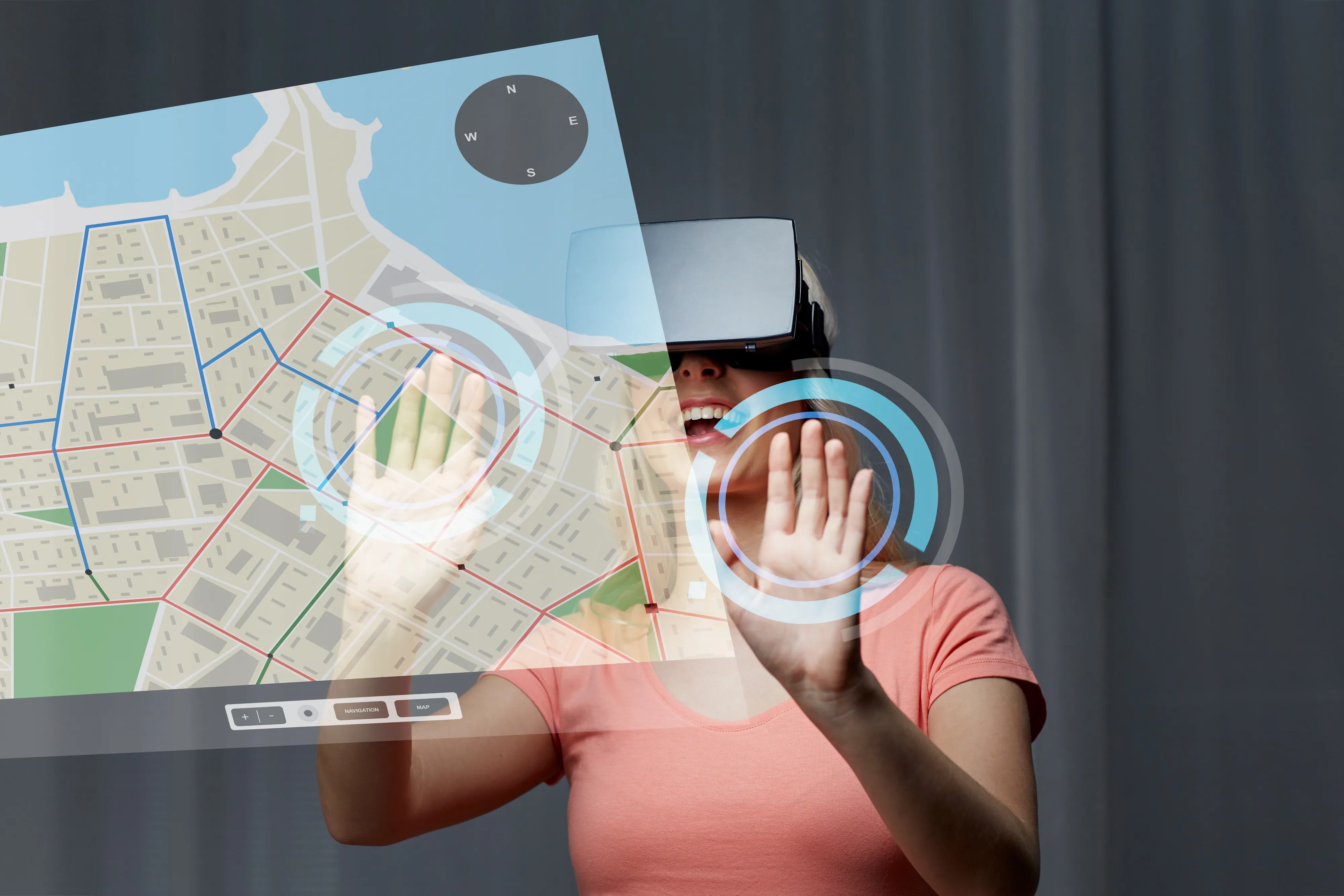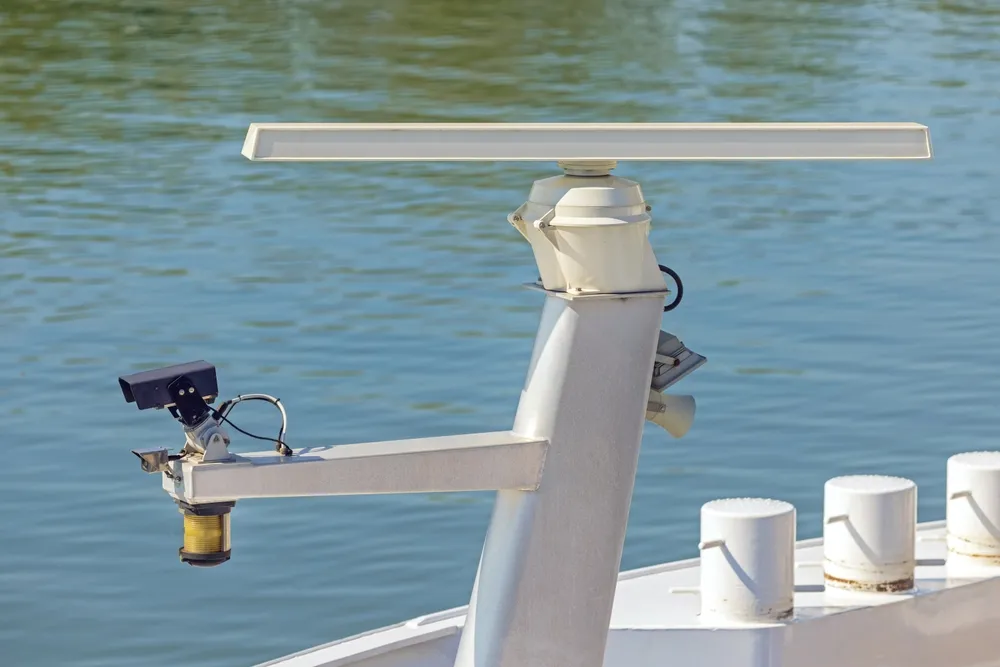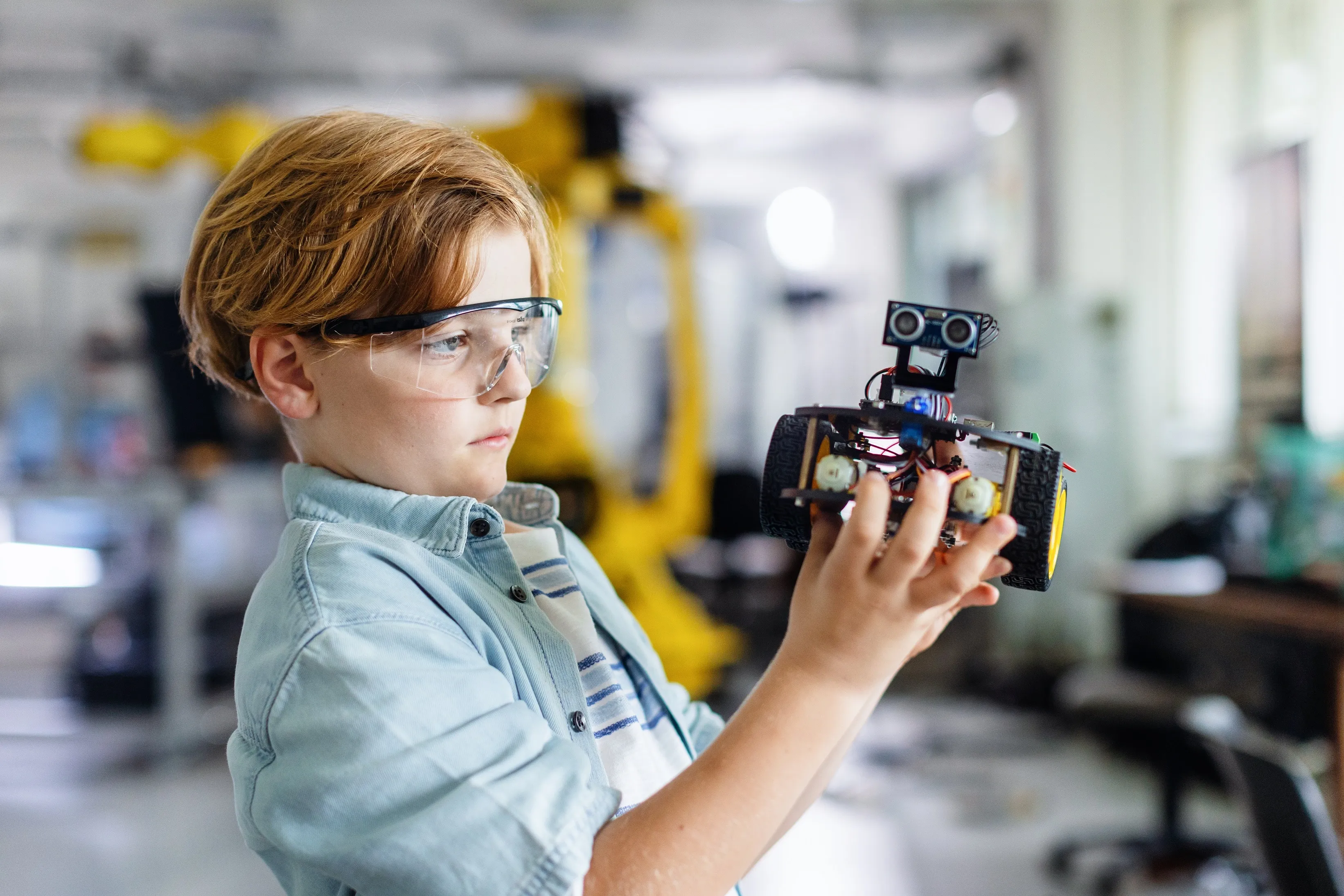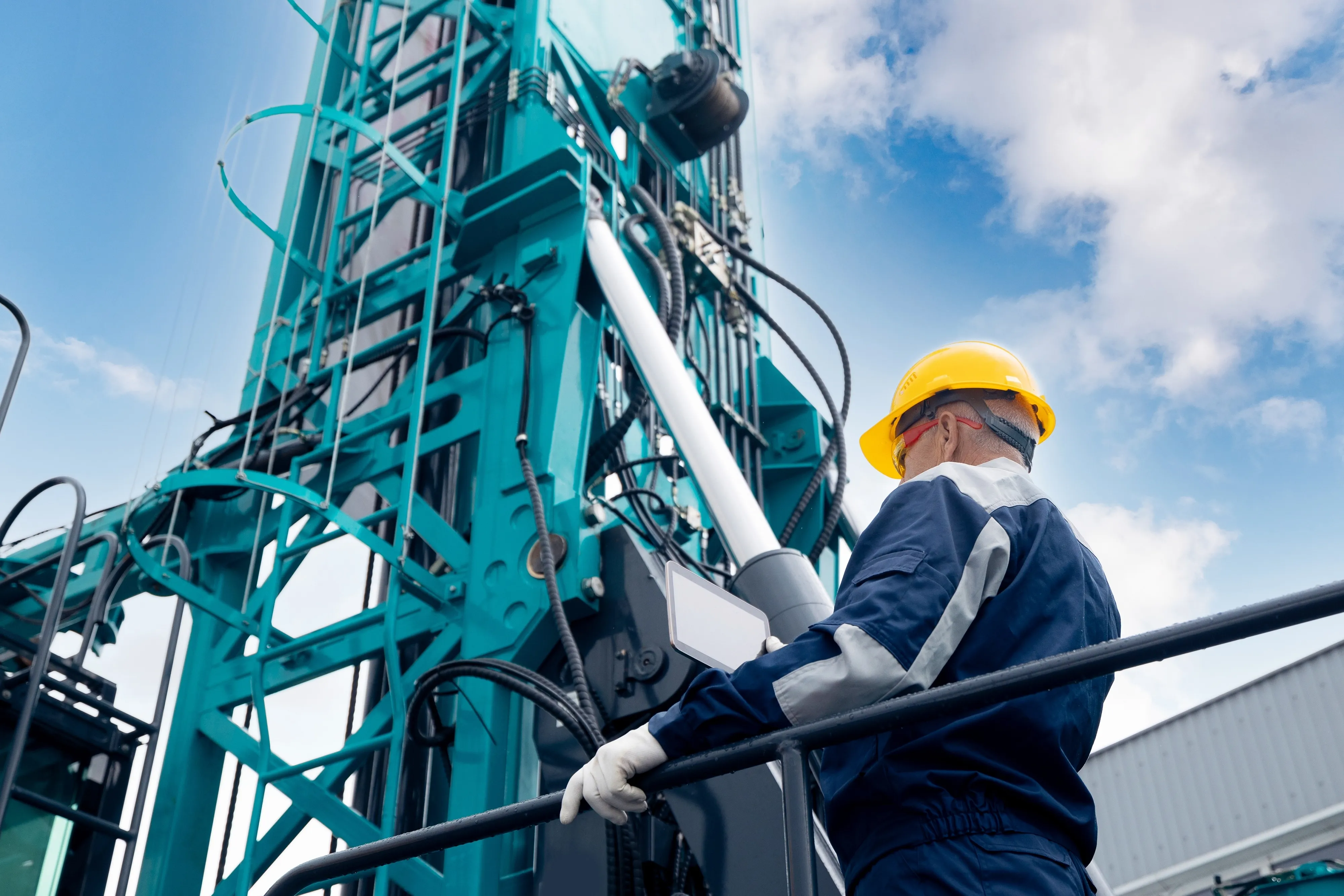Russian Students Build AI-Enhanced Drones for Geophysical Research
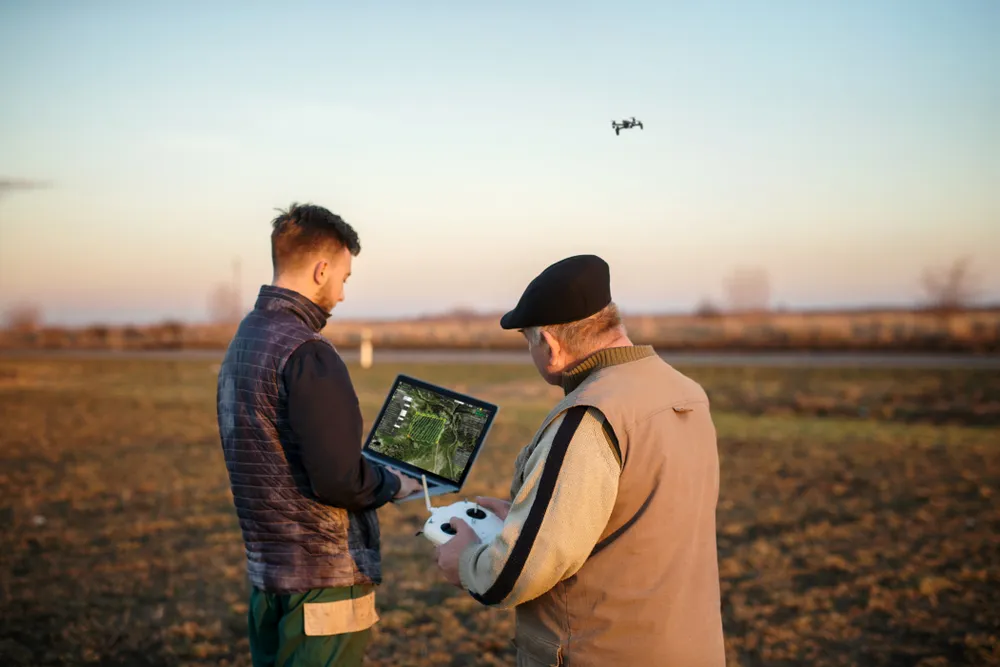
Engineering students in Siberia have developed custom drones to help scientists study Earth's magnetic environment—offering a low-cost, high-accuracy alternative to helicopters and balloons.
In a fusion of aerospace engineering and AI, students at Irkutsk State University have designed specialized drones for solar-terrestrial physics research. Commissioned by the Institute of Solar-Terrestrial Physics of the Russian Academy of Sciences, the drones are currently undergoing field testing and could soon replace more expensive and less precise measurement methods.
The student team, drawn from the Faculty of Business Communications and Informatics, developed two models—lightweight and heavyweight—each equipped with custom software. These UAVs are intended to measure electrical parameters of antennas at a geophysical observatory in Buryatia. Until now, similar experiments relied on helicopters and balloons, which carried high costs and introduced significant data inaccuracies.
What sets the new drones apart is their resilience to harsh weather, especially high winds. Four student programmers created onboard flight autonomy, computer vision modules, and artificial intelligence systems to optimize measurements in real time.
Testing began in May, and early results suggest the system is working exactly as hoped. Beyond domestic applications, the technology could give Russian scientists greater independence in research and open new doors for studying Earth’s ionosphere and magnetosphere with minimal external constraints.




